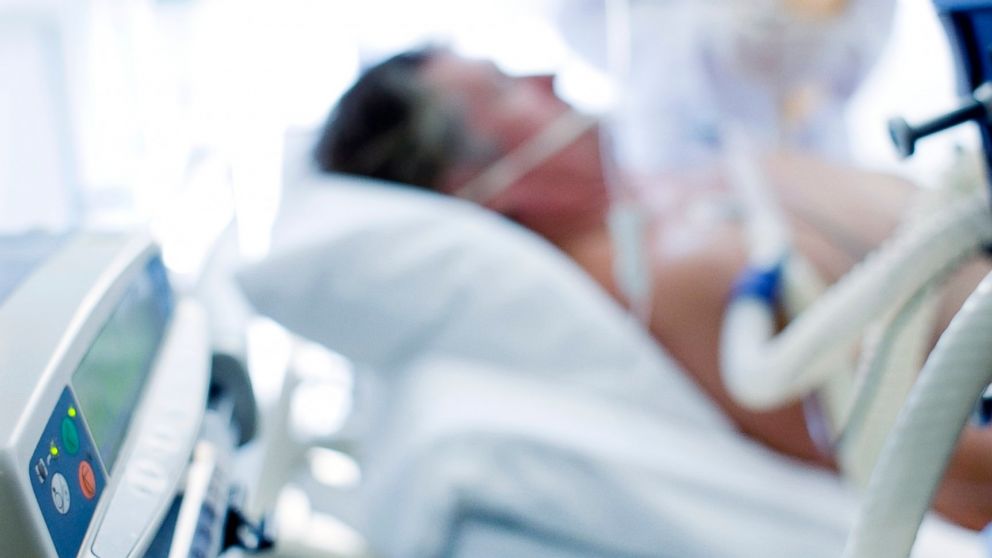Brain Zap Can 'Wake' Nearly-Comatose Patients
Electrical stimulation can rouse patients from a vegetative state.

March 3, 2014 — -- Researchers in Belgium have found that mild electrical stimulation can temporarily rouse nearly-comatose patients, according to a study from the April issue of Neurology.
During the study the patients, all of whom were either minimally conscious or in vegetative state, underwent mild electrical stimulation for 20 minutes at a time.
Researchers found that 15 of the minimally conscious patients responded to the stimulation by becoming more responsive and two were even able to communicate nonverbally with researchers. Those in a vegetative state did not show any reaction.
In a minimally conscious state a patient will exhibit minimal or occasional signs of awareness from following an image with their eyes to reaching for an object, but they can go weeks to months without responding to anything at all.There were 55 patients total in the study, 30 of which started out in a minimally conscious state.
Dr. Steven Laureys, co-author of the study and a neurologist and professor at the University of Liège in Belgium, said that the results were especially exciting because some of the patients who responded had been nonresponsive for months to years.
“That is important there is some possibility of plasticity,” in the brain, Laureys told ABC News.
In spite of the findings, Laureys said it was not a “miracle treatment.” While some patients were more responsive the results were temporary and Laureys said patients would still likely never fully “wake up” and be their former selves.
The results lasted for a few hours before the patients again became unresponsive.
Going forward Laureys said they plan on studying why certain patients responded to the treatment and others didn’t and if longer stimulation will mean a longer period of responsiveness.
“We’re trying to look at the brain damage and if we can predict when it would work and when it would not work,” said Laureys.
The patients ranged in age from 15 and 85 but the majority were between 20 to 50 years old. The reason for their incapacitation included traumatic brain injury and damage caused by a lack of oxygen to the brain among others.
Aurore Thibaut, a co-author of the study and physiotherapist and PhD student at the University of Liège, said that the treatment was non-invasive and just consisted of two electrodes. It was so simple some family members of patients wanted to try the device on their own.
“When the stimulation works, many families ask to buy a device,” said Thibaut. “They were really enthusiastic about that. [The families] know they cannot recover, they cannot speak or work again. They say, ‘O.K., even if it’s a little thing I will try everything to improve to the state of my [loved one.]”
Other neurologists say that the findings could mean better outcomes for minimally-conscious patients.
Dr. James Bernat, a professor of neuroscience at Dartmouth University, said that the findings reinforce the idea that some people in a minimally conscious state can be provoked into responding through stimulation.
“[For] someone who is in a minimally conscious state, we should try all sorts of things to help them whether medications or electrical stimulation,” said Bernat.
Concussion Dangers on the Slopes
Bernat said for minimally-conscious patients it can be difficult for doctors to understand what is a reflex and what is a response that shows they are aware.